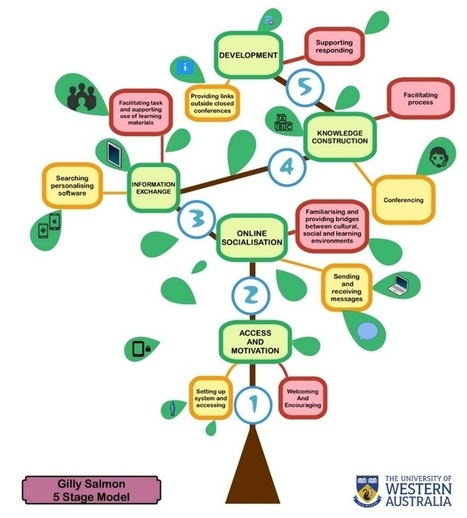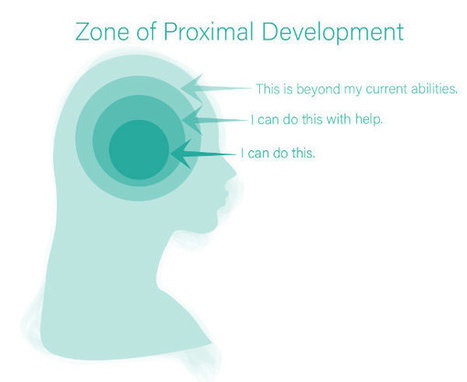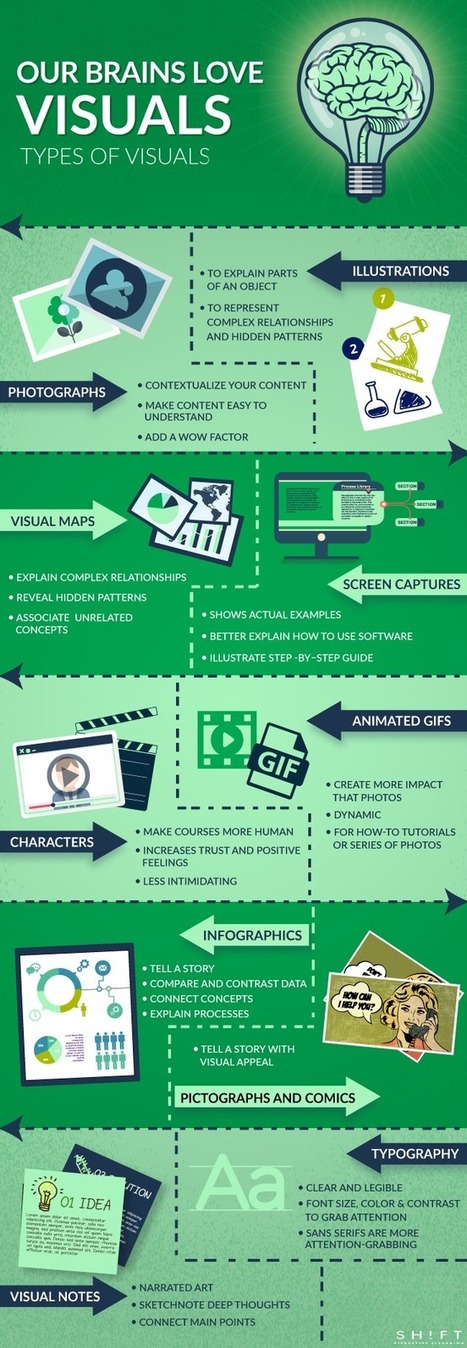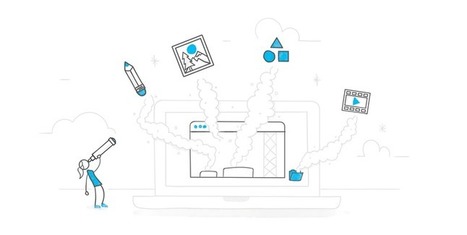More and more organisations are choosing to complement their face-to-face inductions online or move to an entirely online induction model. Here are 3 reasons why…
“The Day 1” experience
Sometimes it’s the time it takes to set new starters up on your systems or finalise the paperwork, sometimes it’s not having enough people start around the same time to justify the cost and resource of running a face to face induction session. Whatever the reason, it’s rare that new starters experience a consistent, formal induction on their first day.
Sure, there’s the office tour, the meet and greets, but how do they understand where your organisation is headed, the values that drive you, and what’s expected of them… from day one? Or even before their start date?
An online induction means these all-important messages that set the scene and communicate who you are and what you do are delivered from the get-go. This can include video of your CEO or MD talking conversationally about what your organisation’s vision and values mean to them. From Day 1, your new starters can have the impression that senior leaders are approachable and accessible.
Streamlined content
Often the content that new starters need to be aware of is housed in multiple locations: your web page, your intranet, your shared drive, in old emails, in people’s heads. A new starter needs a map.
An online induction corrals all that must-know, or must-know-where-to-find information in a cohesive way. It signposts people to the places they can access the information now, and return to later as needed. And if they need to find it later… it’s the most up to date version, not a new starter manual that is out of date as it’s too hard to maintain.
Getting connected
There is so much opportunity to connect new starters to each other and encourage that sense of belonging to a ‘cohort’. Consider allocating someone the responsibility of being your “Induction community manager” and taking advantage of the discussion groups on your LMS, or standalone social networks.
This means you can dish out work-integrated challenges or activities for them to complete, and come back to post and share their insights amongst the group. Moving your induction online means new starters can form connections with colleagues across geographical and departmental boundaries – at a fraction of the cost and potential time lags involved in achieving this face to face.
To read more about moving your induction process online click here. And see a vignette of one of our Inductions.
Learn more about how to move your induction online
Sarah Davie is the Global Design Lead for The Learning Factor. Sarah has a passion for Onboarding and Induction solutions. She is an experienced learning consultant with a demonstrated history of delivering for clients from large Corporate organisations, Government sectors, global Consulting Firms and boutique Learning Agencies.
Via
The Learning Factor



 Your new post is loading...
Your new post is loading...











![7 [Multimedia] Things I Always Try to Build into My Online Courses | Distance Learning, mLearning, Digital Education, Technology | Scoop.it](https://img.scoop.it/5QGjaVwaLCoy5wQKQBPcfjl72eJkfbmt4t8yenImKBVvK0kTmF0xjctABnaLJIm9)




















